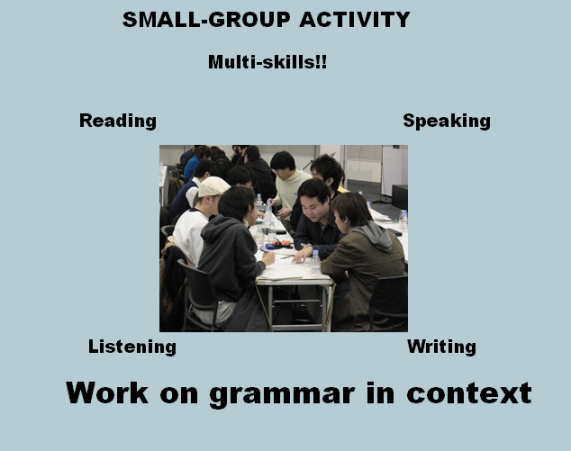
(This posting includes a handout which you are welcome to use with your students.)
This posting is a more detailed response to my interview question on Day 2 .LINCS Discussion: Student-Centered Approach to Teaching Writing Skills. .
Below in blue, you’ll find the details that I’ve added to the Day 2 LINCS’ posting.
I have found six ways to motivate students.
1) Give Students Autonomy
According to psychologist Edward Deci, the most important ingredient for motivating students is autonomy. 1
Having autonomy doesn’t mean that students decide what is taught in a lesson. Instead, students can experience autonomy if the lesson is set up so that they can individually choose which exercise to do first, second etc., how fast to work, when to ask the teacher a question or for help and even when to take a break.
A writing-workshop approach is an excellent way to give students autonomy. Here is how it can be done:
Step 1) The teacher briefly explains the assignments that student will be working on during the class.
Step 2) S/he returns any homework assignment that students had turned in and which the teacher had marked. They will correct these and show the teacher, but they DO NOT start writing yet.
Step 3) If there is a group-activity, the students do that. As each group finishes, they don’t have to wait for the others to finish. Instead, they start the assignments from Steps 1 and 2 individually.
Step 4) AUTONOMY! Students start the assignments by individually choosing which one they want to do first, second, third. At any time, they can ask the teacher any questions they might have and show him/her corrections from the returned assignment.
Some of the benefits of the Workshop
Continue reading →



